I’ve pretty opinionated with my anti-pick stance. I find the common advice of, “Use a pick if you want to, or don’t,” entirely fair and entirely useless advice. I assume you’re here to find out what are think and are capable of rejecting if it’s bollocks.
Despite my anti-pickery I do think there are some occasions where a pick is useful. So here are my tips for using a pick and where I think using one is more effective than using fingers.
Picking Basics
Which Pick?
Over time I’ve moved towards thicker and thicker picks. Now I’m using the Dunlop Jazz III picks which are thick and pointy. That makes for precise picking. On the downside, they do take some getting used to. Picks are pretty cheap (except when they cost $75 a throw) so you can pick up a variety pack and seeing which takes your fancy.
How to Hold It
I like to hold picks between the pad of my thumb and the side of my index finger.
That feels the most secure to me. But plenty of people do well by holding it between the thumb and the tip of the index finger or the tips of the index and middle fingers. Either way, don’t hold the pick with too much pressure and keep your hand as relaxed as you can.
Picking Motion
Don’t let the picking motion come from your elbow. You’ll tire out very fast. Long teenage nights of experience have taught me that swinging from the wrist gives you more stamina than swinging from the elbow.
Move from your wrist. Concentrate on moving the pick as little as you can. It’s not as easy as it sounds.
Rest the underside of your hand against the bridge of the uke so you’re brushing against it a little as you pick.
When I need to pick really fast I put my pinkie on the soundboard. It’s not good technique (because it restricts your movement a bit). I’m working on it but for now I find I need that stability.
To pick really fast you don’t need to move your hand more frantically. Build up speed by making the smallest movement you need to pluck the string.
Best Uses
1: Alternate Picking for Speed
If you need to play a flurry of notes on a string it’s much easier to do that with a pick.
The best way of achieving it is alternate picking i.e. you always pick downstroke, upstroke, downstroke, upstroke etc.
This example has alternate picking all the way through. In tab downstrokes are indicated with a square that has its bottom missing. And upstrokes are a V.
Alternate Picking Across Strings
Alternate picking makes sense when you’re playing one string. It’s not so obviously useful when you’re playing multiple strings. In this example you play a downstroke on the C-string then an upstroke on the E-string. So you have to move the pick past the E-string then come up when it would be quicker to do another downstrum. There are advantages to that way of picking (known as economy picking). But alternate picking keeps your hand moving at a constant rate and gives the notes more definition.
This lick uses the C blues scale (much more about that in my Blues Ukulele ebook if you’re unfamiliar).
2: Tremolo Picking for Sustain
There’s no denying that ukuleles are lacking in sustain. You’re lucky to get much more than a *plink* out of a soprano played up the neck. One way to recreate sustain is to repick the string in a constant rhythm for the length of the note. This is something mandolin players do all the time.
To play them just fret the note then alternate pick the string (usually with eighth notes or sixteenth notes) for as long as the note lasts.
The tab for tremolo is one or more thick diagonal lines under the note. Strictly speaking, one line means eighth note picking and two lines means sixteenth note picking. But that is sometimes ignored by the lazy and semi-competent (i.e. me) and it’s left up to you how quick your tremolo strum is.
This technique is really useful in a ukulele orchestra. You can use it to build up chords one note per ukulele. In this example four different ukes are playing one note each to create an Em – G – D progression with Uke 1 playing a little melody.
3: Bashing the Strings for Attack
The harshness of picks can sometimes be a big advantage. When playing a single string line in a group of strummers a pick really helps you cut through.
I did this UOGB stle version of Misirlou recently (more on that coming later). Using a pick gives the notes a piercing tone that suit the tune perfectly. And when it gets loud at the 1:47 mark you can get an attack that isn’t possible with just fingers.

This work is licensed under a Creative Commons Attribution-ShareAlike 3.0 Unported License.
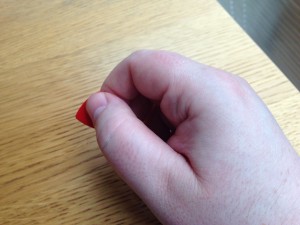
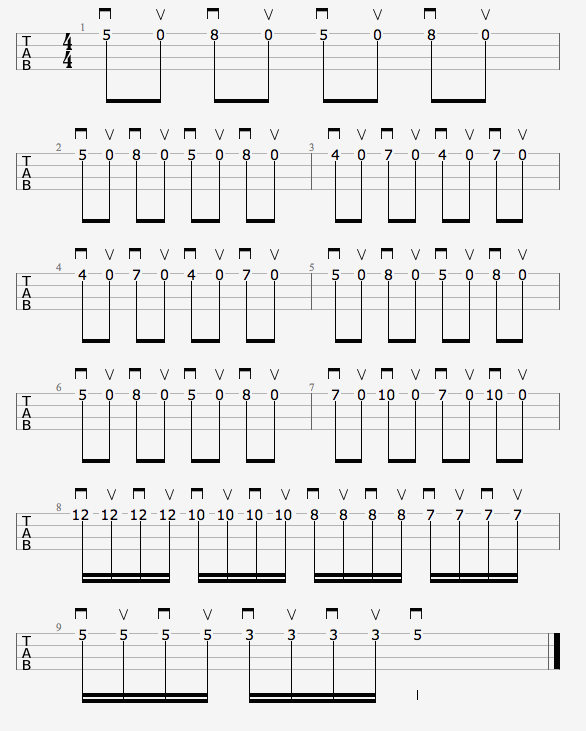
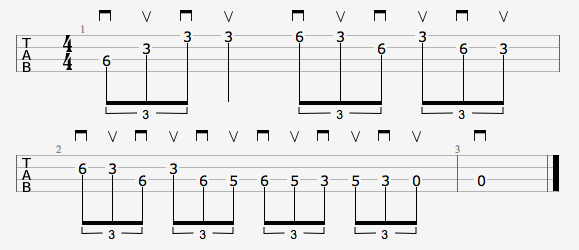
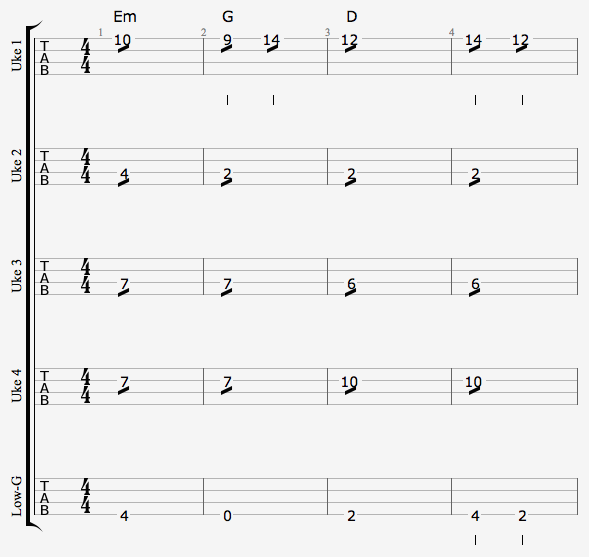
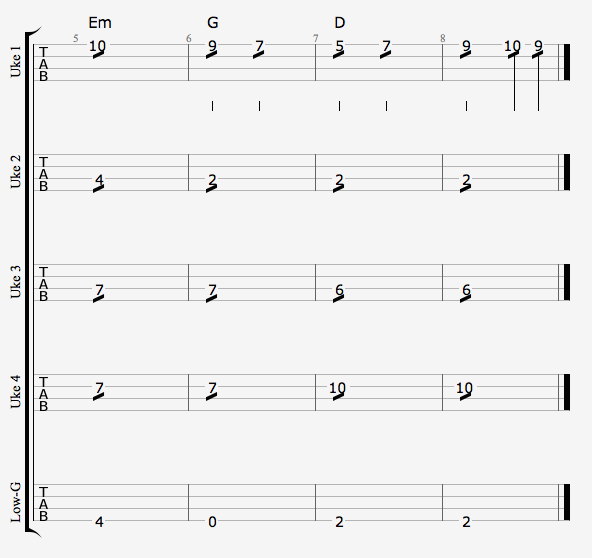



Al,
Wasn’t expecting positive words for a pick from you after reading Ukulelel for Dummies.
You must be recognizing shades of grey as you grow older.
“The king is dead, long live the king!”